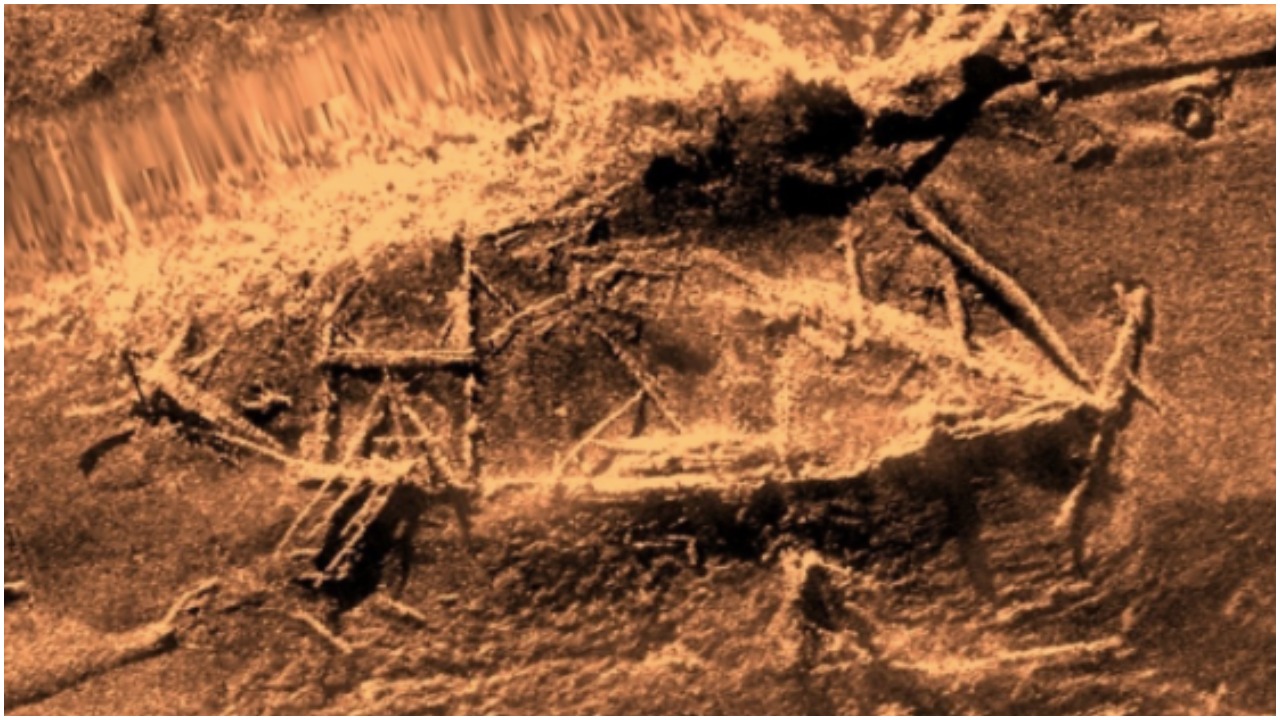Last Slave Ship ‘The Clotilda’ Found Off Alabama’s Coast May Contain Remains
Researchers say they may be able to recover DNA from the hull.


Photo courtesy of Search Archeology/ Instagram.
Researchers have revealed that the slave ship Clotilda found off the coast of Alabama in 2019 may contain human remains in the ship’s hull. The vessel was located near Twelvemile Island and has spent more than 160 years underwater.
At least two-thirds of the ship remains intact after being buried in the mud. Researchers said the slave ship was buried since it departed Mobile, Ala. in 1860. Maritime archaeologist James Delgado believes the boat’s hull could contain human remains.
Delgado is an archeologist for SEARCH Inc. in Florida and said the ship was the most intact wreckage of a boat he’d ever seen.
“It’s the most intact (slave ship) wreck ever discovered,” said Delgado. “It’s because it’s sitting in the Mobile-Tensaw Delta with fresh water and in mud that protected it that it’s still there.”
The Alabama Historical Commission released a sonar image of the ship from SEARCH Inc. of the submerged vessel, and researchers hope to find more historical evidence inside the ship’s hull. Captors considered Black people cargo in the 1800s and kept them below the main deck. The vessel is thought to be the country’s last ship of the transatlantic slave trade.
“The submerged wreck of the Clotilda is now listed in the National Register of Historic Places. This designation recognizes the historical significance of the experiences of those captured, enslaved, and carried across the Atlantic as well as the shipwreck’s potential for furthering our understanding of the slave trade.”
Evidence of the ship’s dark and airless slave pen could remain as well as human remains, such as bones or a skull. Researchers said if human remains are found, it may be possible to retrieve DNA. When departing Mobile, the 90-foot ship was conducting an illegal slave trade as Congress outlawed slave trading in 1808.
At least 109 people from West Africa were forced onto the ship, believed to be the last U.S. slave ship. After descendants from the historic Africatown near Mobile began discussions with the Smithsonian in 2017, the search for the ship started. The National Museum of African American History and Culture’s Slave Wrecks Project (SWP) co-director Paul Gardullo also helped with the investigation and noted the historical significance.
“This was a search not only for a ship,” said Gardullo. “This was a search to find our history and this was a search for identity and this was a search for justice. This is a way of restoring truth to a story that is too often papered over. Africatown is a community that is economically blighted and there are reasons for that. Justice can involve recognition. Justice can involve things like hard, truthful talk about repair and reconciliation.”
Alabama is spending $1 million to research and preserve the ship, which researchers plan to leave submerged while studying the hull early next year. More research has to be concluded before determining if the wreckage can be safely brought up from the mud for later display in a museum.
Descendants of the Clotilda are planning an annual gathering beginning in February.